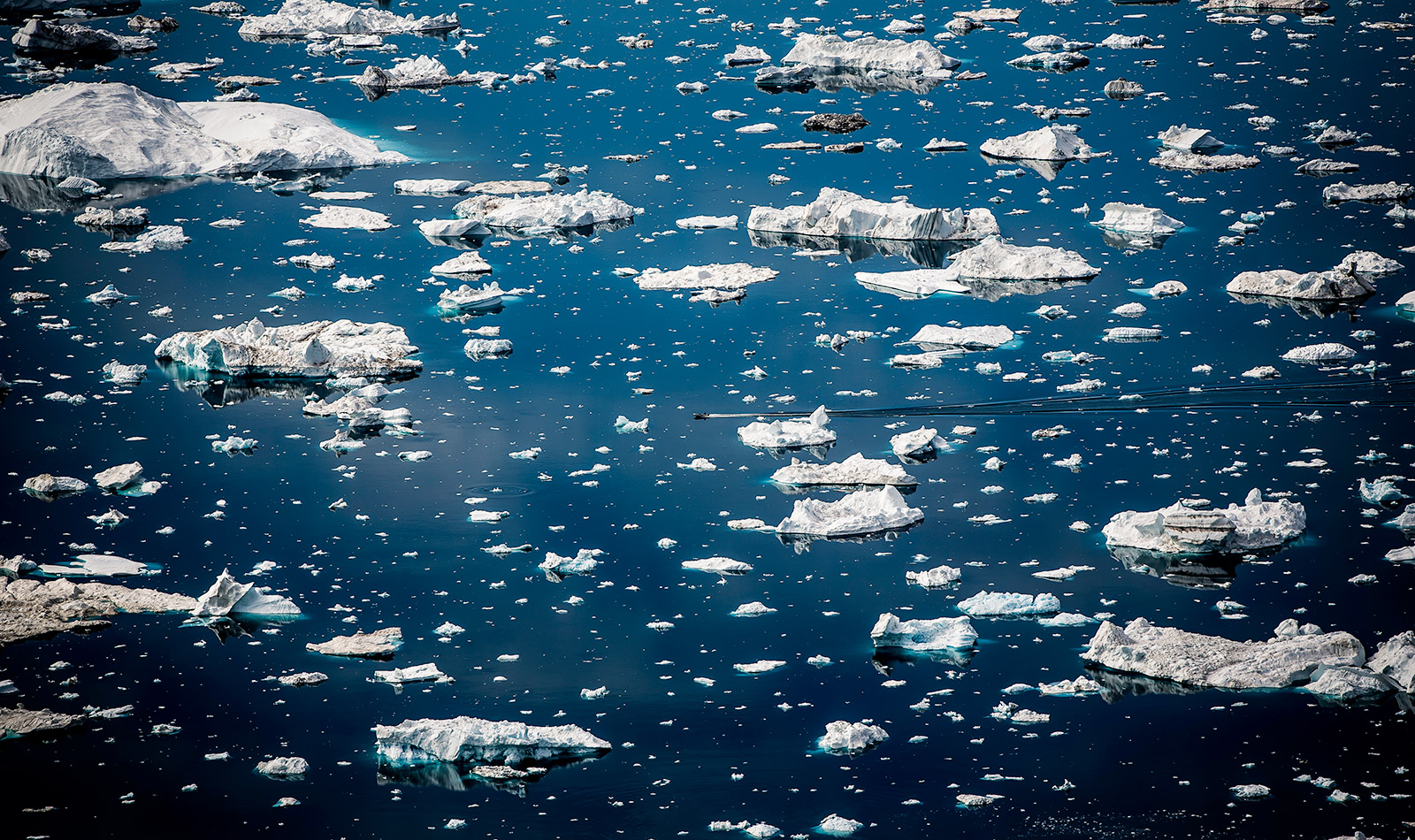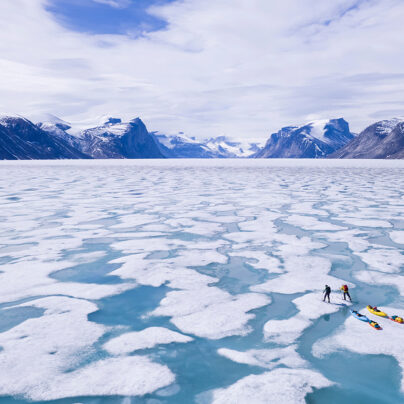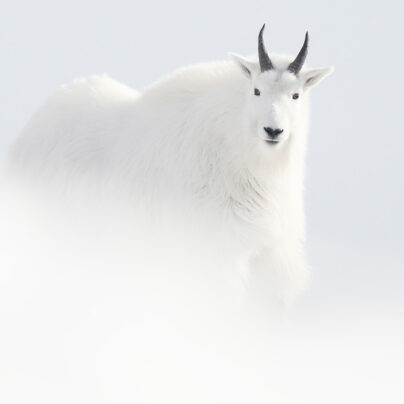East Greenland – A Photo Journal
Mads Pihl
To some people that’s fantastic news in terms of leg room, peace and quiet, and breathing space, to others the mere thought of that much distance between tiny communities induces an acute fear of open spaces, while for those of us who live here it is simply a property of everyday life that we deal with when exploring our own country.
One of the great benefits of a land as vast as Greenland is the invitation to become a domestic traveler and still feel like you’re going off the edge of your own known map.
I live in Sisimiut, the second largest town in the country, 5,500 people on a tiny, rocky promontory just north of the Arctic Circle, and to us “over here” on the west coast, generally East Greenland is the “over there”. And the relationship, as defined by the West, even has an air of classic center-and-periphery to the narrative through the use of the West Greenlandic word “Tunu” for East Greenland, which literally means “the backside”.
However, for me, as for so many other people, traveling is all about those backsides, interstices, and supposed backwaters that open up to you as worlds full of people, places, life and great travel experiences once you’re there.
For me, traveling is all about those backsides, interstices, and supposed backwaters that open up to you as worlds full of people, places, life and great travel experiences once you’re there
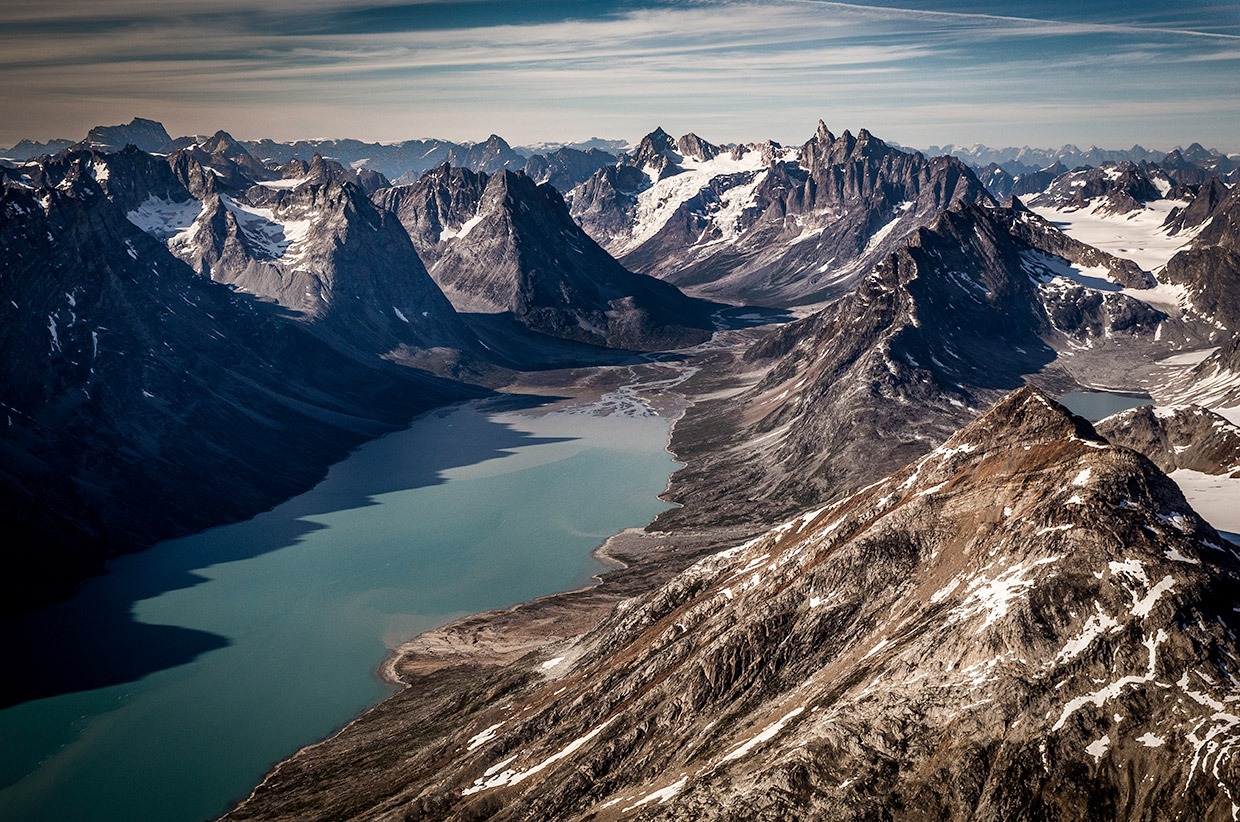

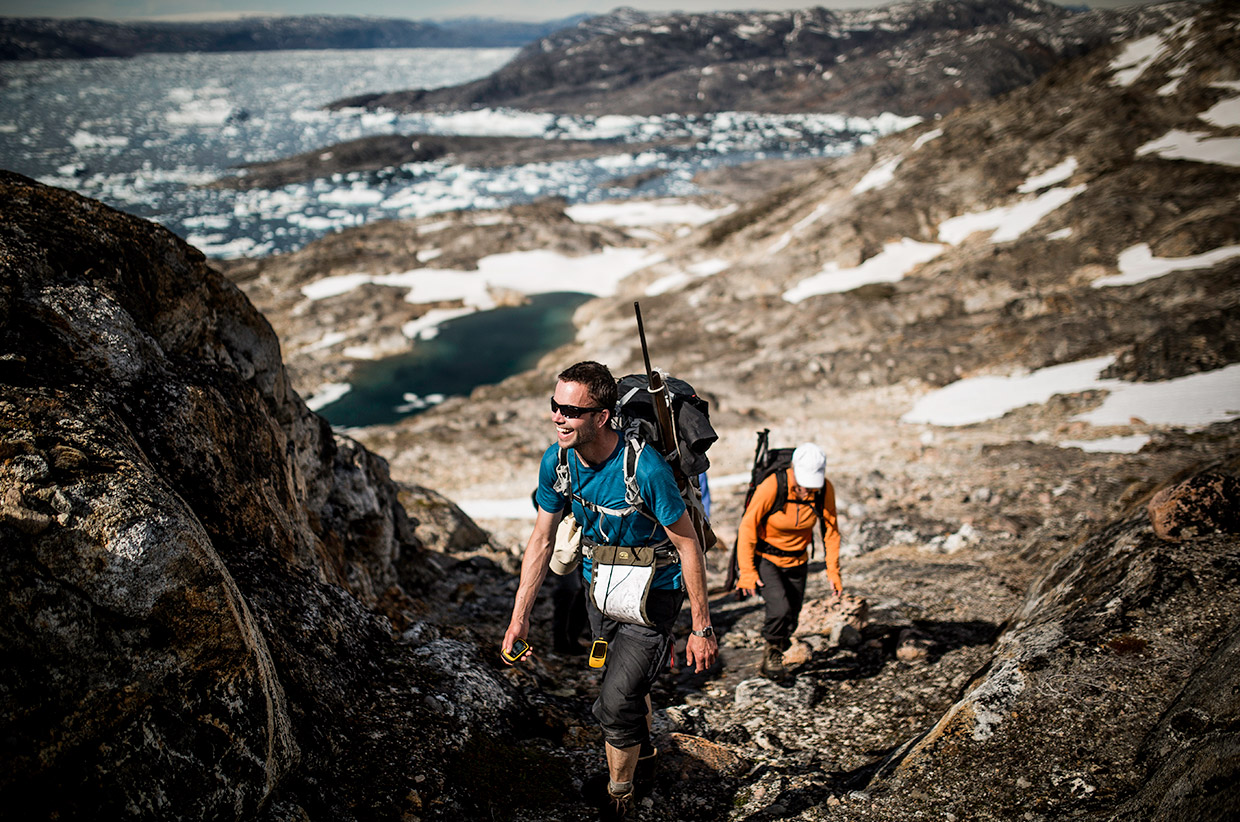
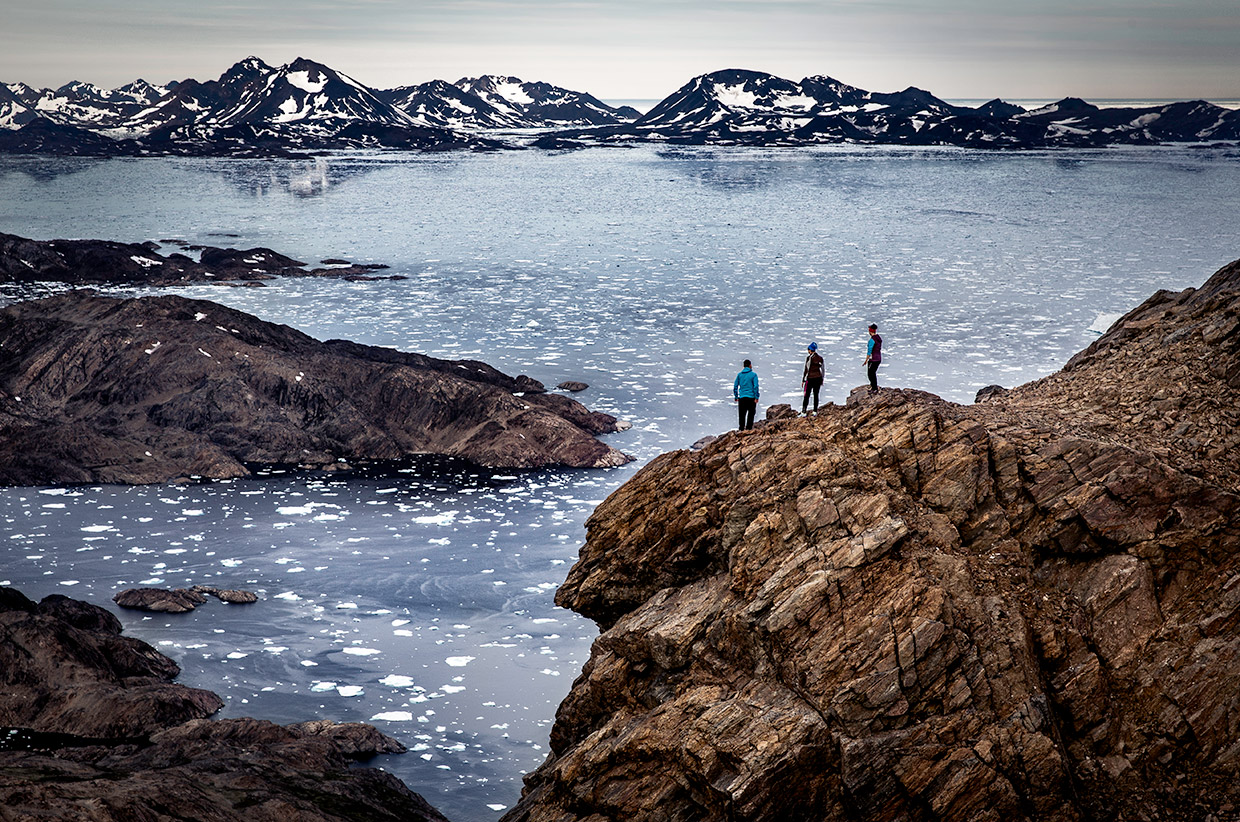
At times along the trek the locals ferried us across narrow straits and along too-rugged-to-hike coastlines in what outsiders often think of as a roadless land – but up here the roads are waterways, flight paths, dog sled routes and snowmobile trails that combine ancient knowledge with the luxury of modern navigational equipment.
Hooking up with a group of hikers trekking through the mountains along the huge Sermilik ice fjord for four days was the first leg of my journey, and I was thrown headfirst into the adventure with a 5 hour boat ride in ice packed fjords and sounds, and dropped off in a camp so remote that carrying a gun for polar bear protection is second nature to all locals.
From our inland position we trekked south along Sermilik to the tiny village of Tiniteqilaaq, right on the edge of the ice fjord, where people live off hunting in the rich fjord waters. At times along the trek the locals ferried us across narrow straits and along too-rugged-to-hike coastlines in what outsiders often think of as a roadless land – but up here the roads are waterways, flight paths, dog sled routes and snowmobile trails that combine ancient knowledge with the luxury of modern navigational equipment.
Reaching the trail’s end we came to Tasiilaq, the main town in the region. With a population of 2,000 people, it is the center of the district, and it is a place where people move if they follow the main pattern of migration in the region from settlements to towns and decide not to leave for the West Coast, Denmark, Iceland, or elsewhere.
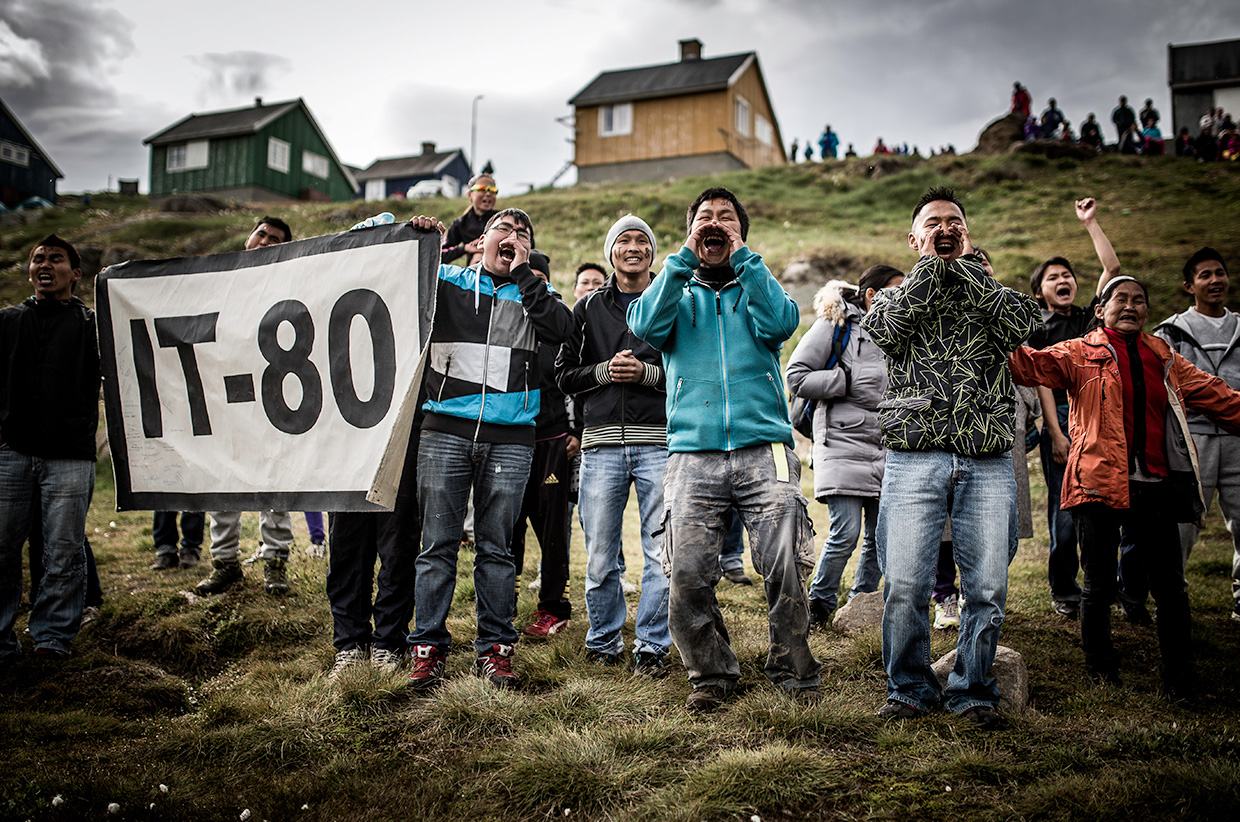

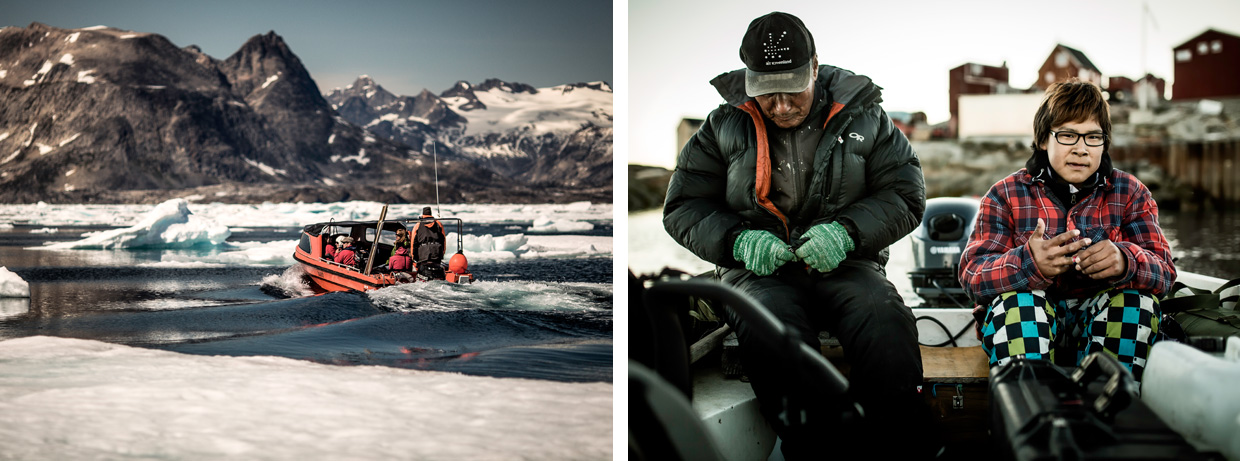
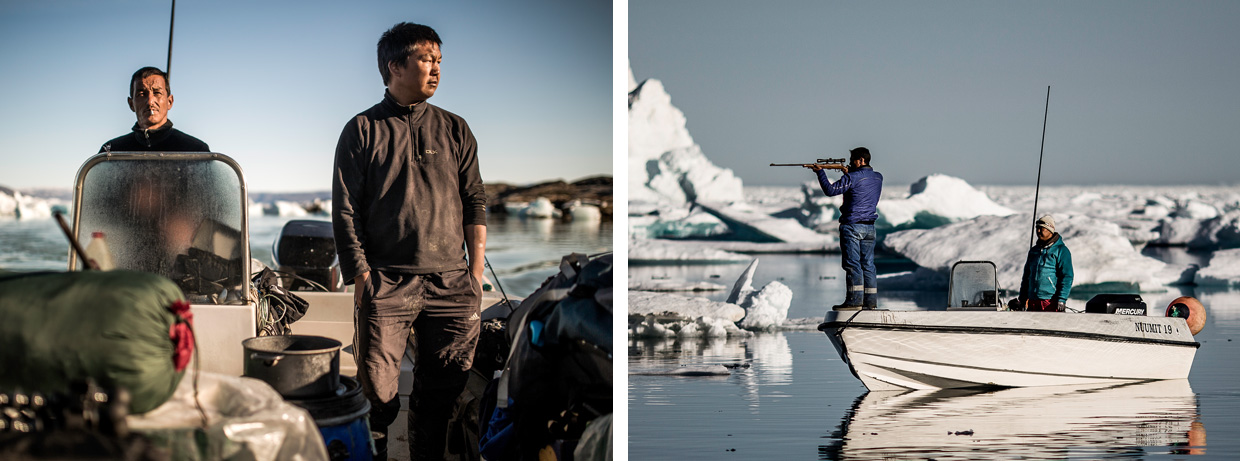

Back in Tasiilaq the weekend came and with that I was sucked into the hectic atmosphere of the East Greenland football championships – as hectic as it gets with 400 people, or about 10% of the entire population of the East Coast, around a small gravel surface stadium blasted right out of the rock.
People come from the surrounding settlements to the main town for this annual event, and the entire town is turned into one big football tournament for weeks, complete with DJs spinning the favorite tracks of team supporters, makeshift food carts selling everything from hot dogs and noodles to dried fish and seal, and scores of people dressed in the colors of their home team and painted in the faces with team names and slogans.
Further adventures followed in the coming days before I eventually boarded a flight that traveled out over the same landscape I had spent the past two weeks crossing on foot and in boats. Looking down over neverending ridges and deep fjords and being able to understand the vastness, remoteness, and ruggednes of this place suddenly seemed like the best way to see anything, anywhere.
A three week adventure felt like it had taken half a day to complete, and wrapping things up I headed back out via Reykjavik, which was like coming to the largest and most bustling city in the world after a deep dive into a region of Greenland not very many Greenlanders have visited.
A three week adventure felt like it had taken half a day to complete, and wrapping things up I headed back out via Reykjavik, which was like coming to the largest and most bustling city in the world after a deep dive into a region of Greenland not very many Greenlanders have visited
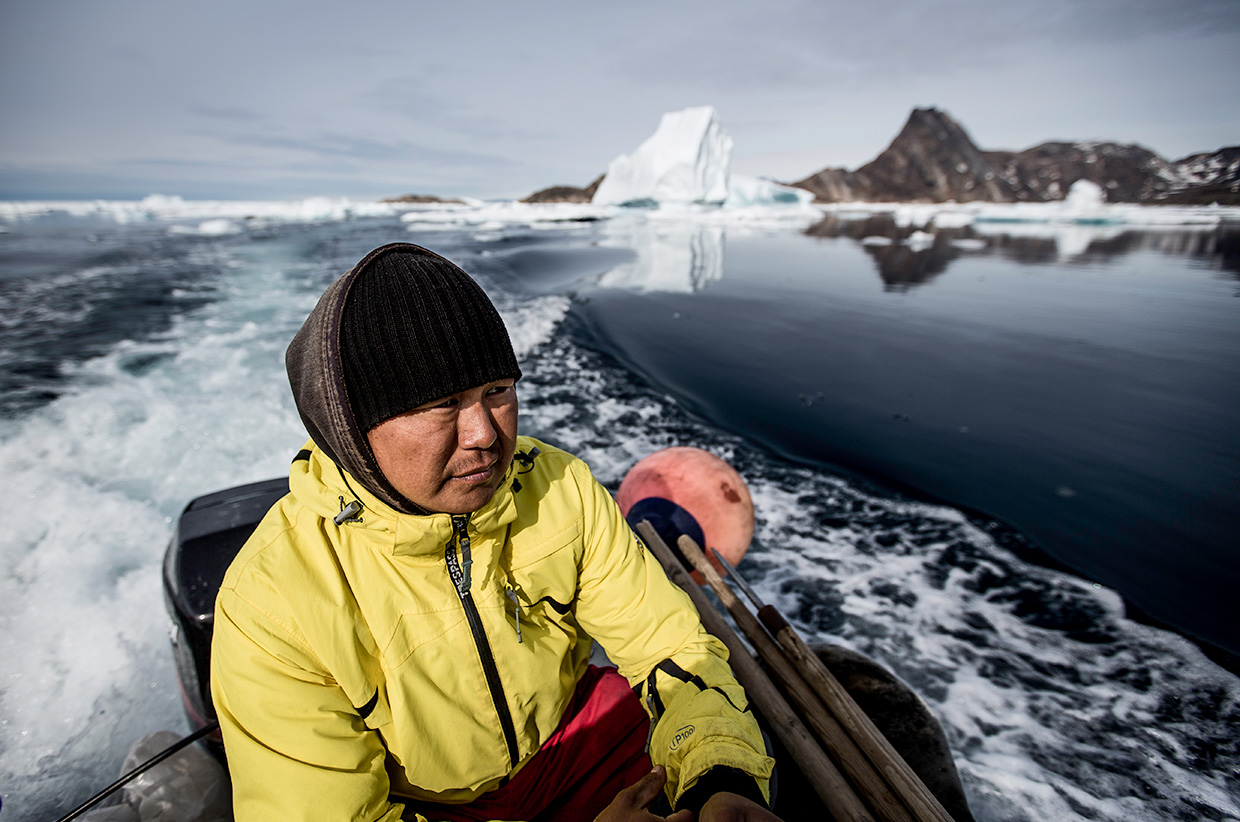

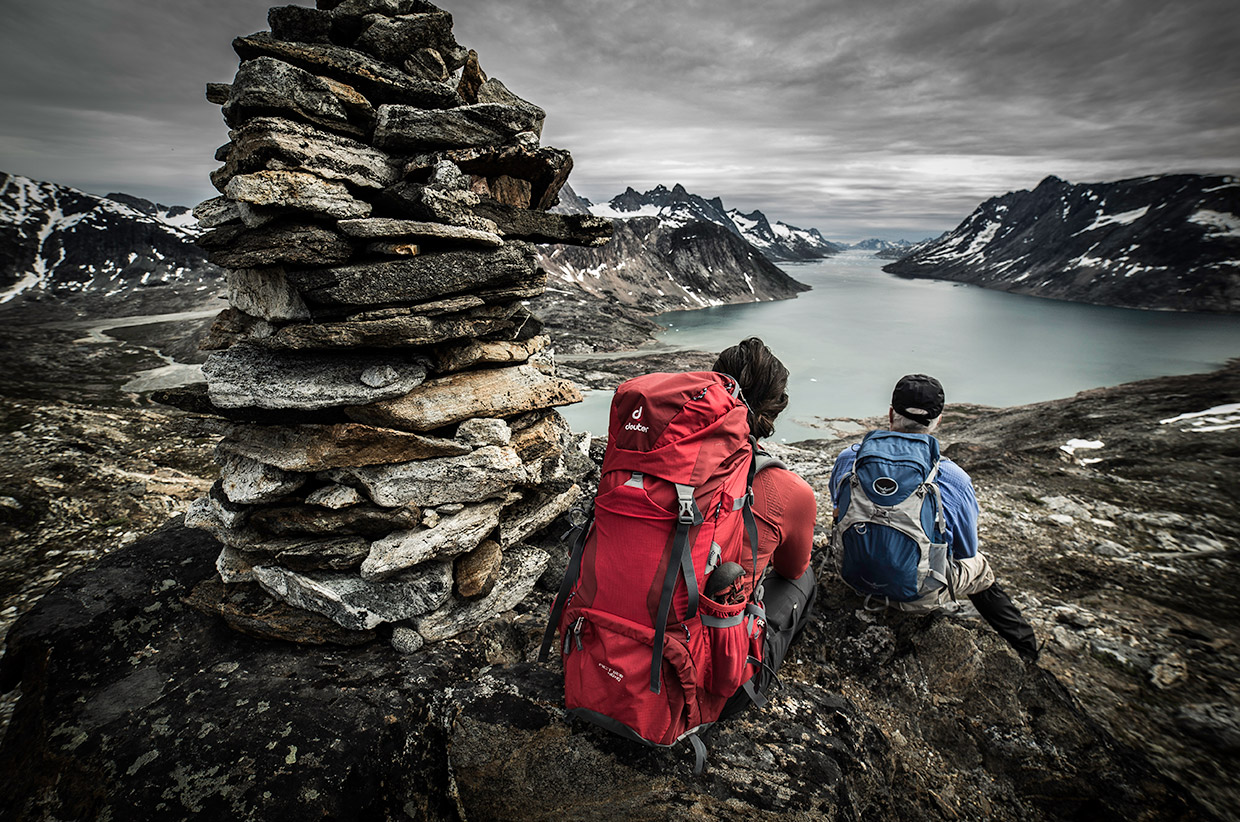

He has never led an expedition anywhere and will never ascend an impossible peak in a faraway land, but he loves bringing skilled people together to make things happen on the ground that benefit both small local companies and large international stakeholders while doing his best to help promote the amazing adventures in Greenland.
Find out more about Mads via his website: www.northbound.gl or follow him on Twitter @northboundphoto



